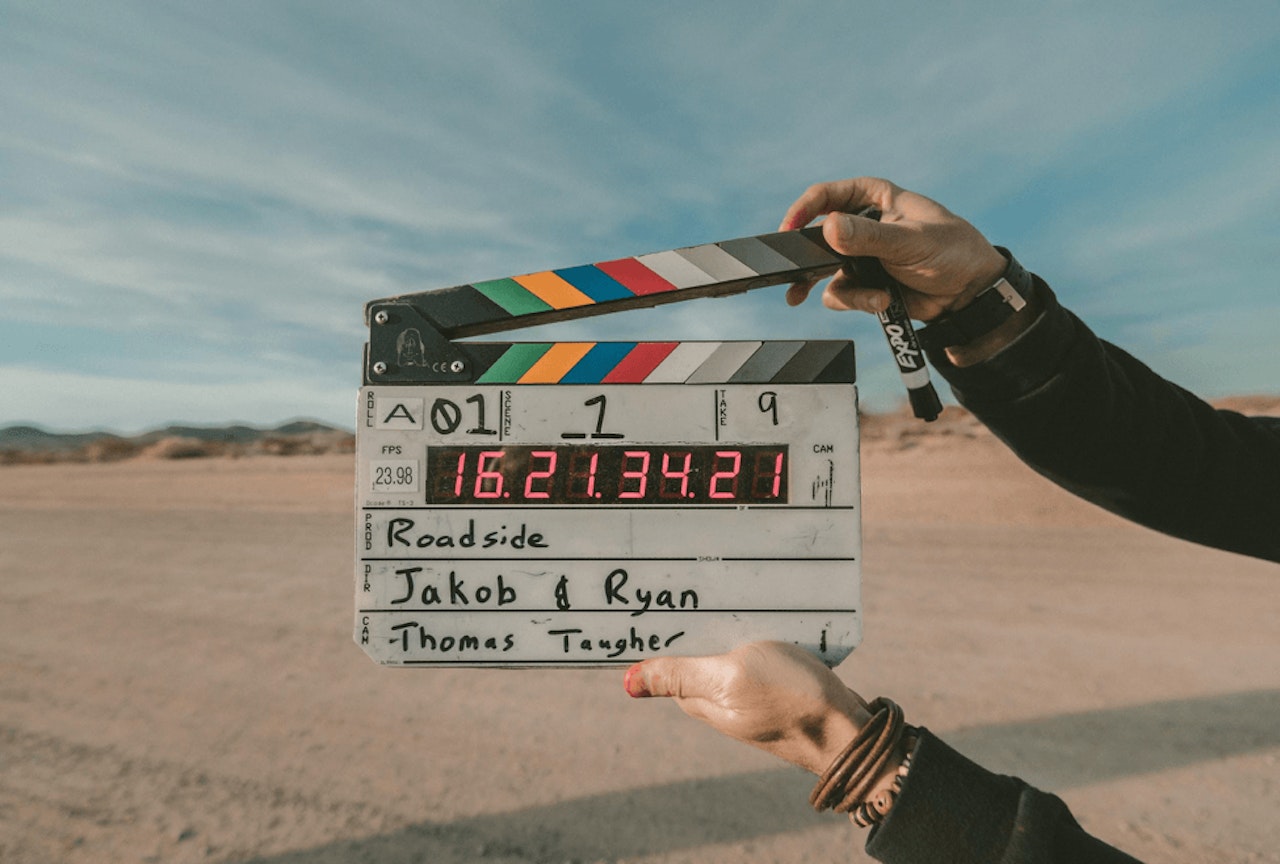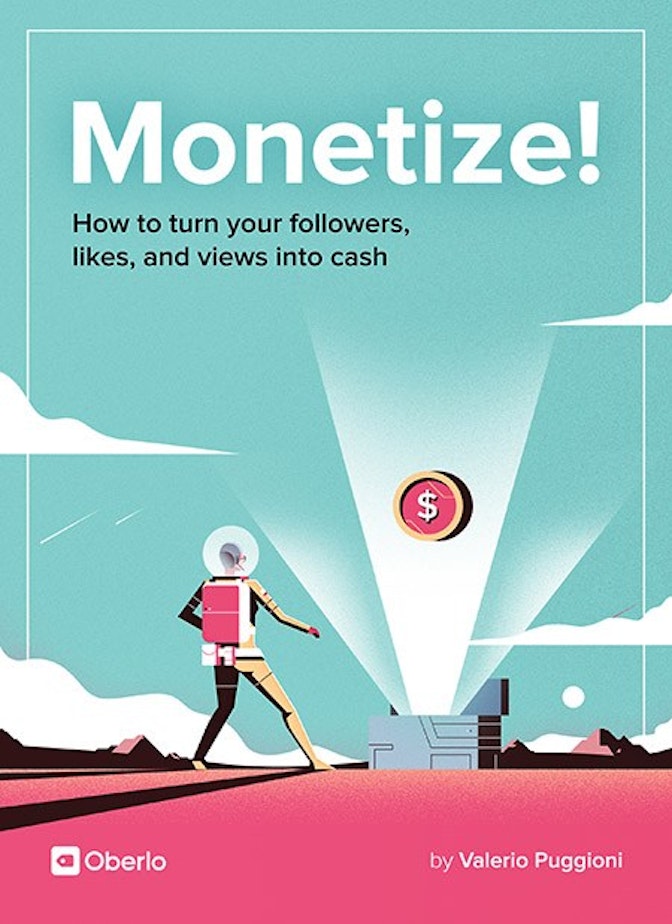In January 2018, Youtube announced new eligibility requirements regarding Youtube monetization criteria. Previously, all you needed was 10,000 views to qualify for their partner program.
And now? How many Youtube views to money?



What’s happened to Youtube channel monetization?
Youtube has stated that the new changes are due to their desire to strengthen the quality of the platform as a whole, as well as to deter bad actors and spammers. (In other words, you’ve got to learn how to make money on Youtube in more ingenious ways).
Specifically, your channel will now be required to have accumulated
- “4,000 watch hours” in the last year, and
- 1,000 subscribers.
After your channel meets these two requirements, Youtube will review whether your channel is eligible for its monetization program.
Having said that, I’m not going to lie to you. These recent changes hurt small Youtubers.
It’s going to be difficult to monetize Youtube videos with these new restrictions.
Let’s take those watch hours and do the math.
Now, I’m no math scientist, but…
4,000 hours divided by 12 months = 333+ hours per month
333+ hours / 30 days = 11+ hours a day
In other words, your videos have got to accrue 11+ hours of watch time minimum per day for a year to be eligible for the Youtube Partner Program. (Want to check if you’re eligible? Here’s the Youtube monetization page).
As you should have gathered, there are much easier ways to monetize, so forget about Youtube money. You don’t have to chase after peanuts.
Need I remind you we’re building a brand made to last?
Having said that, if you think you’ve got the chops to monetize Youtube videos with Adsense and want to give it a go, here’s how to do it.
How to activate Youtube channel monetization step by step
Step 1. Read and agree to Youtube’s monetization terms.
Step 2. Sign up for your Adsense account.
Step 3. Choose which types of ads you prefer to display.
Step 4. Wait until Youtube reviews your channel for eligibility.
(Here are the detailed steps, as outlined by Youtube).
So does Youtube monetization work?
Even if you’re eligible, can you actually monetize Youtube through ads?
Sure. Eventually.
And it’s not like Youtube isn’t trying to help its Youtubers produce awesome content, for instance, through Youtube Space and Youtube’s Creator Academy.
Since you want to find out every aspect of how to earn money from Youtube, you should definitely check out Creator Academy.
It’s full of free and value-packed courses covering literally every aspect of how to make money on Youtube, from a 3-hour course on video production skills to a 2-hour course on revenue reporting and analysis, it really is all here.
In contrast, Youtube Space is a physical studio you can visit to record your next big idea.
But there’s a catch–or several. First, you need to be in a major city where a studio exists (obviously), like London or Tokyo.
Unfortunately, this is just the beginning of the space’s restrictions. For instance, you already need to have 10,000 subscribers, and even after you’re done filming, your work must undergo a rigorous review process before it can be published to check for any copyrighted content.

So is it worth all this effort?
Well, according to this Entrepreneur article, for every 1,000 views, you can be expected to make around a dollar.
Or we can take Google’s word for it: “99 percent of those affected were making less than $100 per year in the last year, with 90 percent earning less than $2.50 in the last month.”
Considering Youtube doesn’t even pay out unless you make at least $100, you definitely shouldn’t approach Youtube channel monetization thinking you can become the next millionaire simply by posting videos.
Don’t make that rookie mistake many beginning Youtube creators make: Publish and expect Youtube money to come rolling in.
It just doesn’t work that way.
So in line with the spirit of this book, let’s look at how to earn money from Youtube the right way.
5.1 How to monetize Youtube videos without Adsense
Now that we’ve gone over the traditional way of how to make money on Youtube (with Adsense), let’s look at a few other ways you can approach Youtube channel monetization. After all, not all of us can wait for eligibility.
Some of us need to do this without 1,000 subscribers. I mean, who can wait until 10,000 Youtube views to money?
Many of these approaches are the same ones we’ve discussed in the previous chapters. Therefore, to avoid the risk of repeating myself, let’s stick to Youtube-specific info, and strictly to what you need to know.
And don’t forget:
None of these approaches are exclusive. It’s important to diversify your income streams. That means you can pick and choose from a few of these. Just make sure to keep it to a manageable few, so don’t go crazy.
Affiliate marketing
This one’s a no-brainer. It’s also the easiest to implement on your list.
That’s because whatever you do, sooner or later you’re bound to promote something, whether intentional or not. You just need to keep an eye out.
For instance, you might be wearing an awesome sweater in one of your videos, and you notice in the comments that loads of Youtube users, subscribers, and random viewers alike are wondering where you got your sweater.
This would be a good time to include an easy affiliate link in your description, like Sawyer does in the example below.
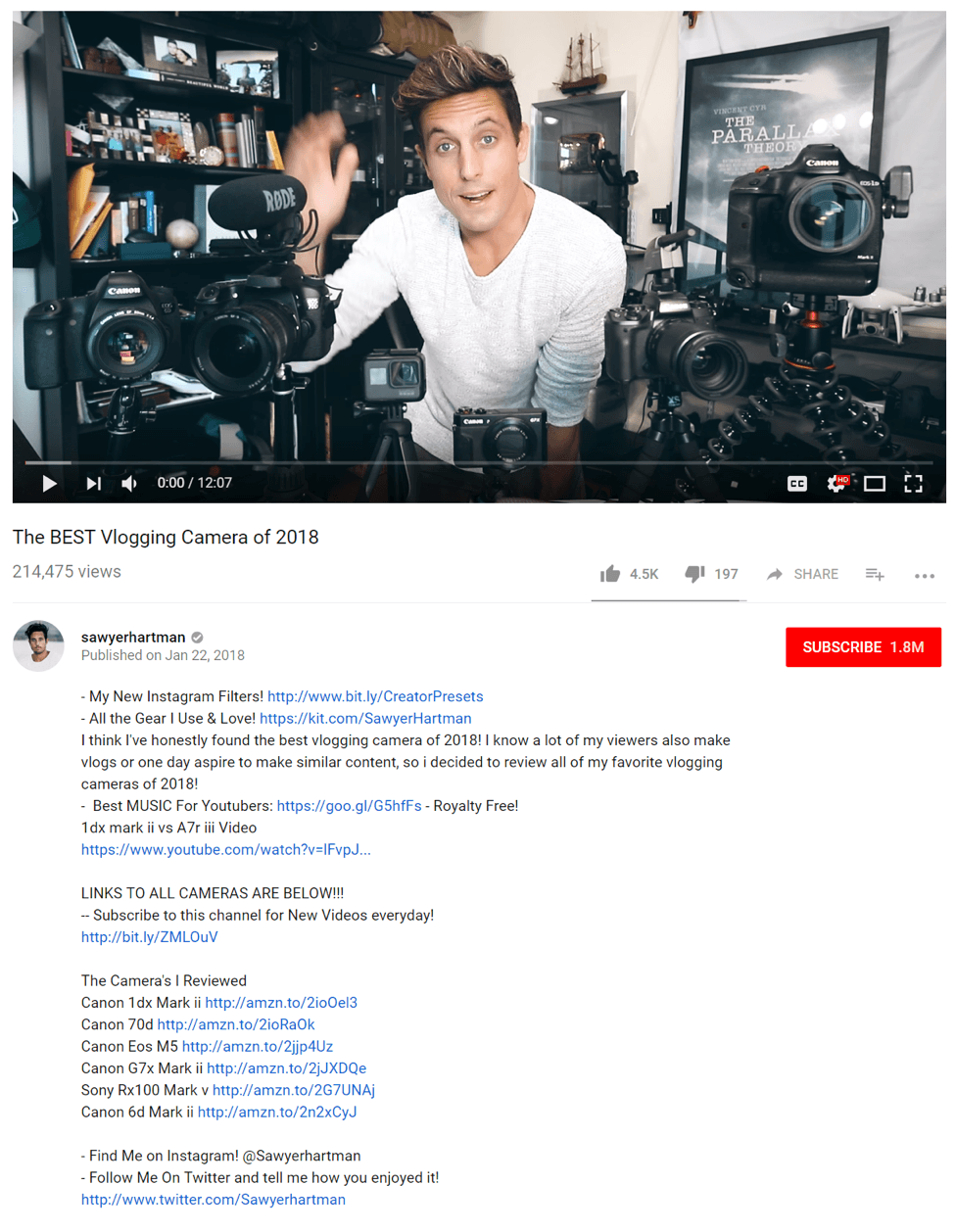
Partner with other brands to promote their stuff
Since you should be a micro-influencer by now (or at least, have the knowledge to become one), if you have even a small following, you can look at other brands to promote their stuff.
This doesn’t necessarily mean you have to start contacting major brands.
Remember:
There’s loads of ecommerce entrepreneurs opening up shops on Shopify by the second, and they’re all looking for new and clever ways to gain brand exposure.
Sure, the two main ways they’ll be looking into is Instagram influencer marketing and Facebook ads. But the smarter ones understand that videos are becoming a staple across the Internet, and those in your niche will want to get in front of your audience while you’re “cheap”.
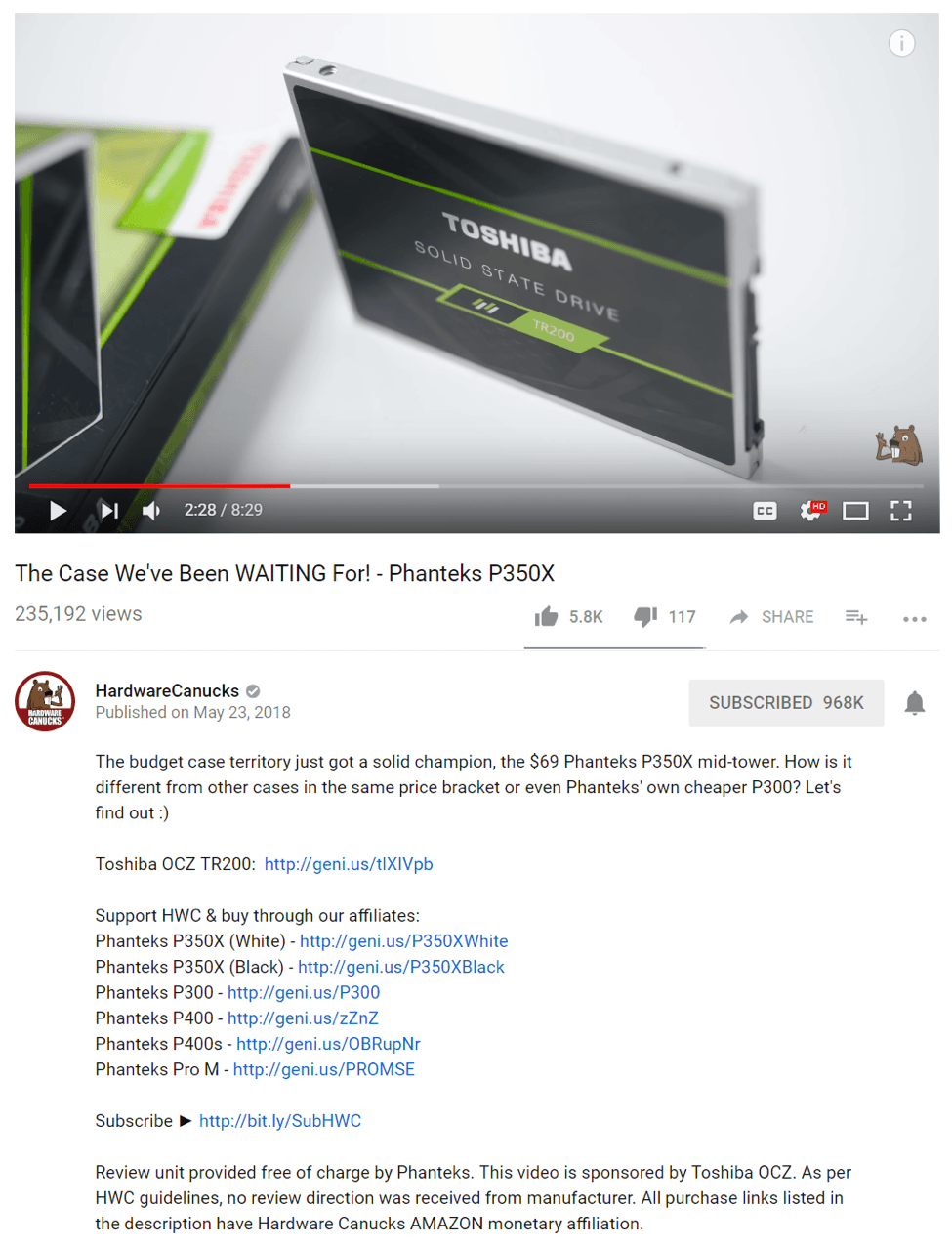
Just take a look at the example above.
The video is displaying a Toshiba solid-state drive, but the video description indicates that the video is a review about a Phanteks computer case.
At the bottom of the description, you’ll notice they’re completely transparent about their affiliation:
They state that the video is sponsored by Toshiba OCZ, and even that Phanteks sent a review unit over for these influencers to review, completely free of charge.
Use a service like Patreon to have your fans fund your channel
Patreon is a crowdfunding tool that’s gaining increasing popularity, especially among news content producers on Youtube.
One main reason is because Youtube has begun demonetizing videos that mention certain topics they deem controversial. (For instance, even a video about Youtube demonetizing videos will get demonetized).
Enter Patreon.
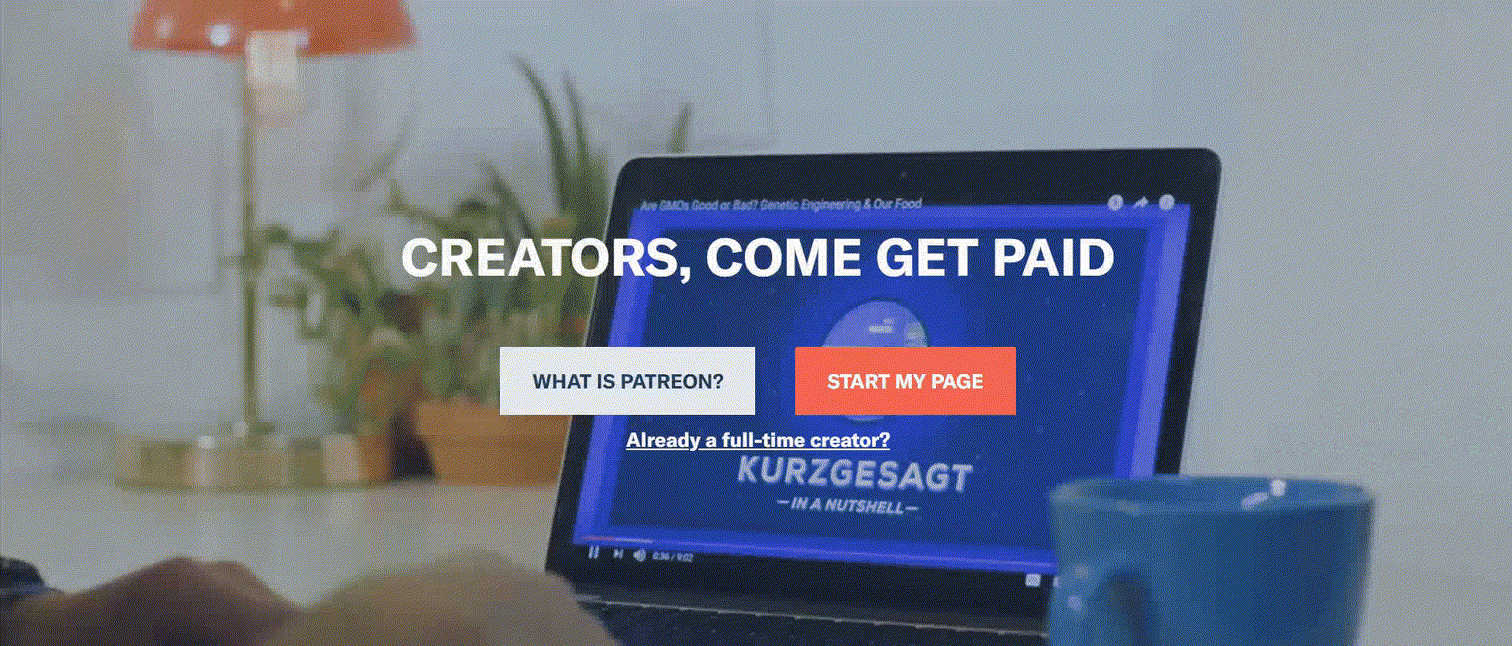
The tool has enabled so many Youtube creators to encourage their own fans to support them financially. All you need to do is simply post a link in your description, as well as mention your Patreon link in your videos.
If you have a large enough user base that’s engaged and active, you know they’ll support you, especially if you remember to stick to the golden principle:
Earn money from something of value you provide to your audience.
And you get to make your fans feel awesome for having helped out their favorite influencer.
Oh, and don’t forget:
You can have your very own Patreon page.
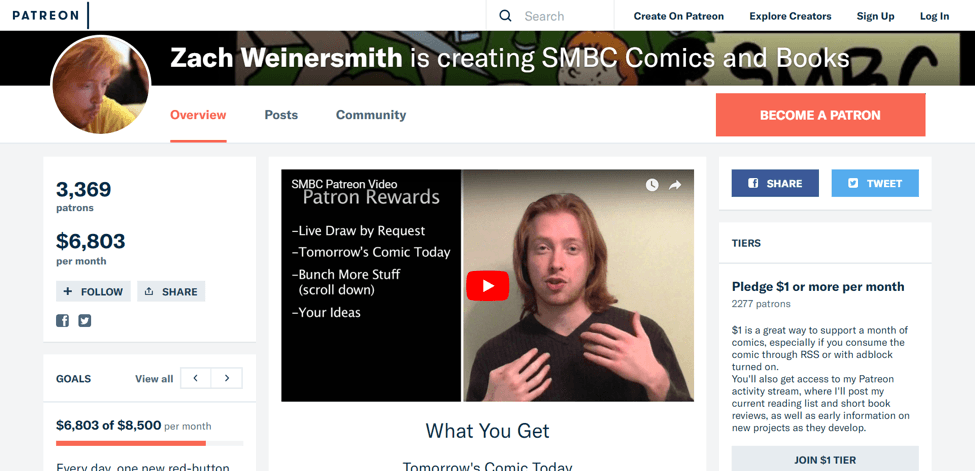
Super chat
Super chat is a new feature Youtube introduced to replace Fan Funding.
Basically, when you host live streams for your fans, they can donate a certain amount of money to your channel. In exchange, their comment is highlighted, and they can even get it displayed for a certain period of time, as shown in the example below.
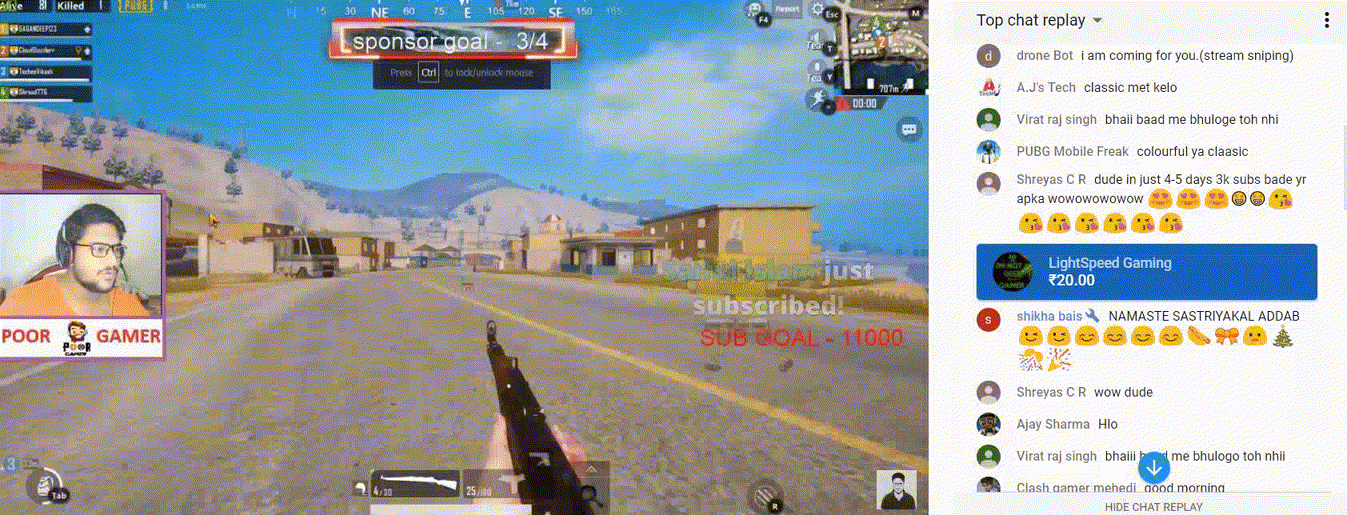
The example also shows that the Youtuber has achieved three-fourths of his goal on the upper side of the screen, with the goal displayed in red (11,000) on the bottom right of the video screen.
Sell merchandise
If you’ve got a large enough following or a visually appealing brand, it might be time for you to consider offering your fans some merchandise.
Jimmy Dore is a nightclub-comedian-turned-political-commentator, and he’s killing it on Youtube.
But he doesn’t sell his merchandise there directly.
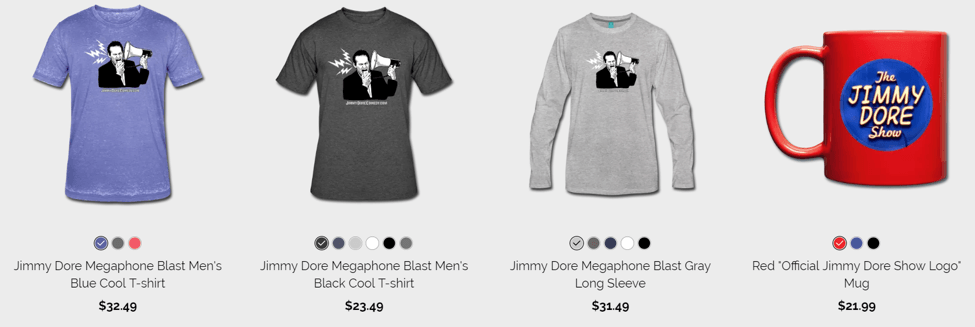
Due to the sensitive nature of much of his content, he’s frequently demonetized. That’s why he tells everyone to support the show at the end of the video by sending in donations through Patreon. He also conducts Super Chats, and he directs everyone to his website, where they can purchase his merchandise or sign up to become members and access exclusive content.
Smart.
5.2 Essential Youtube monetization tools
Look.
You’re probably thinking you need to spend a gazillion dollars to launch your Youtube channel. After all, if your production quality sucks, nobody’s going to watch your videos, right?
Not necessarily.
Let’s look at what you do need, and then some.
Here we’ll go over how you can start to record videos with what you’ve got (assuming you’ve at least got a smartphone). We’ll also cover my recommendations for a slightly more advanced setup if you’ve got a bit of cash set aside to invest in equipment.
Camera or webcam
At the very least, you’re going to need a smartphone that can record decent videos, or a webcam. Don’t forget what year it is either.
Your average Youtuber will not be so kind if your video production quality isn’t up to standard. That said, this also depends heavily on your niche.
If you’re in the gaming niche, for instance, your viewers will expect the good stuff, including no lag in your videos. But if you’re in the political commentary niche, if you’re just getting started with video, you’re in luck. Many of your colleagues will also be recording on a smartphone and/or improvising their setup.
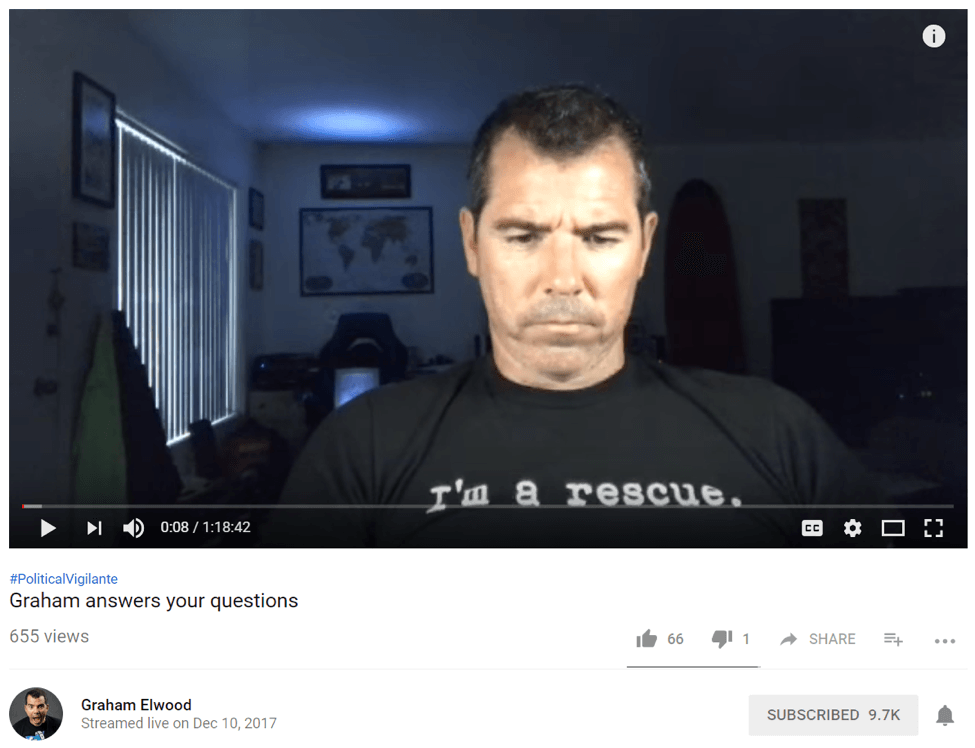
In the example above, political commentator Graham Elwood uses his smartphone, filming at 360p! Still, he’s managed to gather an impressive following of 9.7k in less than a year.
Camera recommendation: If you want to go all out…
The Canon 70D is the main camera I use for my videos. It’s also one of the most frequently recommended cameras out there, for vlogging and otherwise.
Do keep in mind though: You do not need to go crazy when you’re first starting out. It’s more important to focus on your niche and to build a following with some decent equipment. If your audience finds value in your content, they’ll be willing to wait for you to upgrade your Youtube studio setup.
Also worth remembering if you decide to purchase a camera: The lens. Make sure the lens you purchase is ideal for video. Do consider what you’re shooting, where you’ll be shooting, and so on, because these factors (and others) will determine what you’re after.
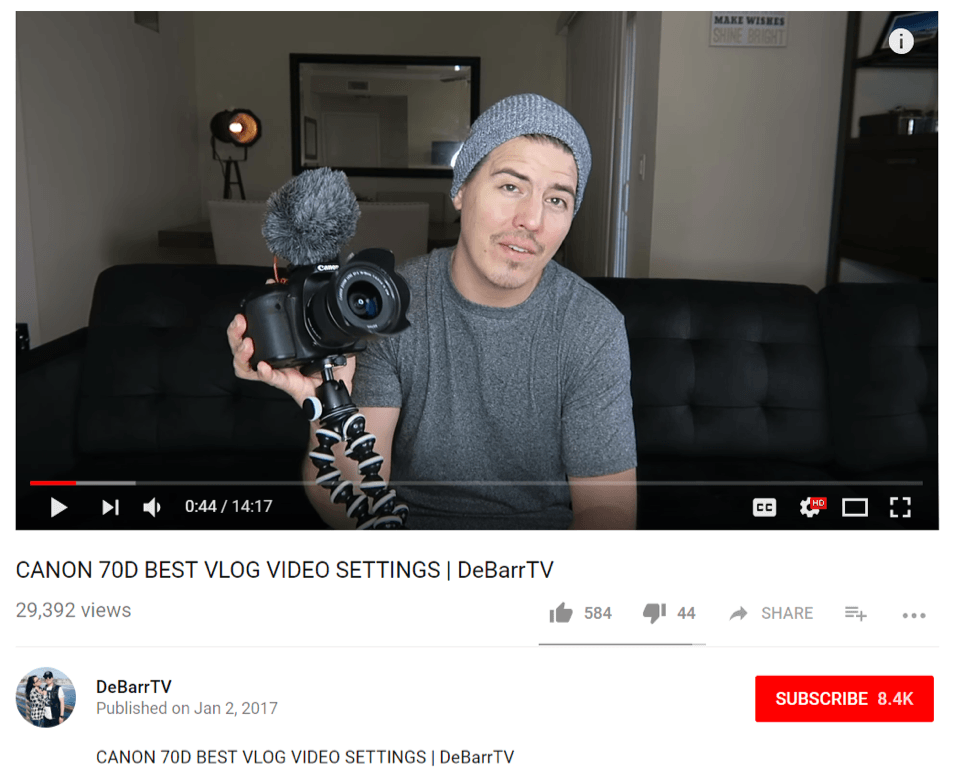
Mic
You don’t need to purchase a microphone if you’re planning to start shooting videos on your smartphone or webcam.
The only thing you need to remember is to test out your audio. If your smartphone mic sounds terrible, then you will need to invest in a mic. The same goes for your webcam or computer. Microphones have become extremely affordable, so you should be able to pick up a decent mic for under $50.
Mic recommendation: If you want to go all out…
The Blue Yeti isn’t the microphone I use for my own videos, but I am considering purchasing it.
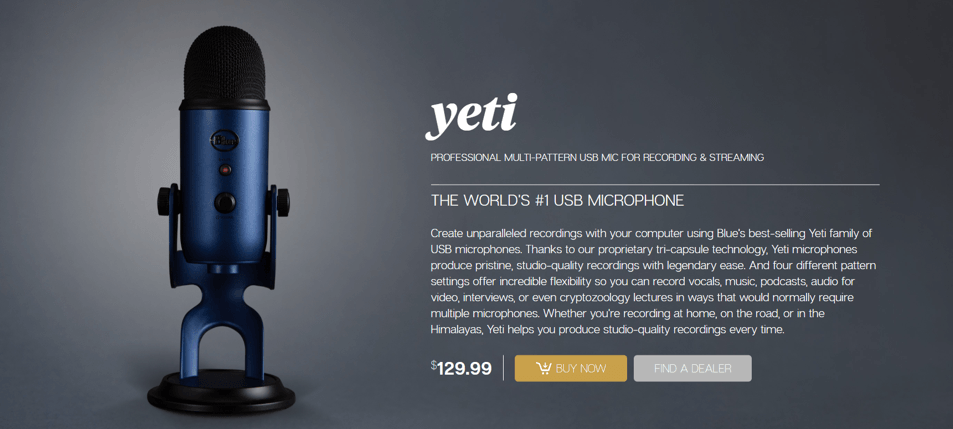
Full disclaimer: I’ve only tried it out once in store, but I’ve done the research, and it’s definitely the most frequently recommended (and for the price, it’s a bargain). It comes with numerous pro features, and if you don’t want to fork out hundreds (if not thousands) of dollars on a fancy mic, this one will do the job.
It’s also visually pleasing to look at, adding a touch of professionalism on a light budget.
Lighting
You can choose to go with natural lighting or with a setup.
With natural lighting, you have to consider things such as time of day, window placement if you’re shooting indoors, and the weather. If you’re shooting basic videos, natural lighting should be fine.
But if you’re shooting professional videos that are made to look aesthetically pleasing, you should absolutely consider investing in a lighting setup.
A typical lighting setup comes with at minimum three basic lights. This is for what’s called a “three-point lighting setup”. (You can read more about how to set up three-point lighting here).
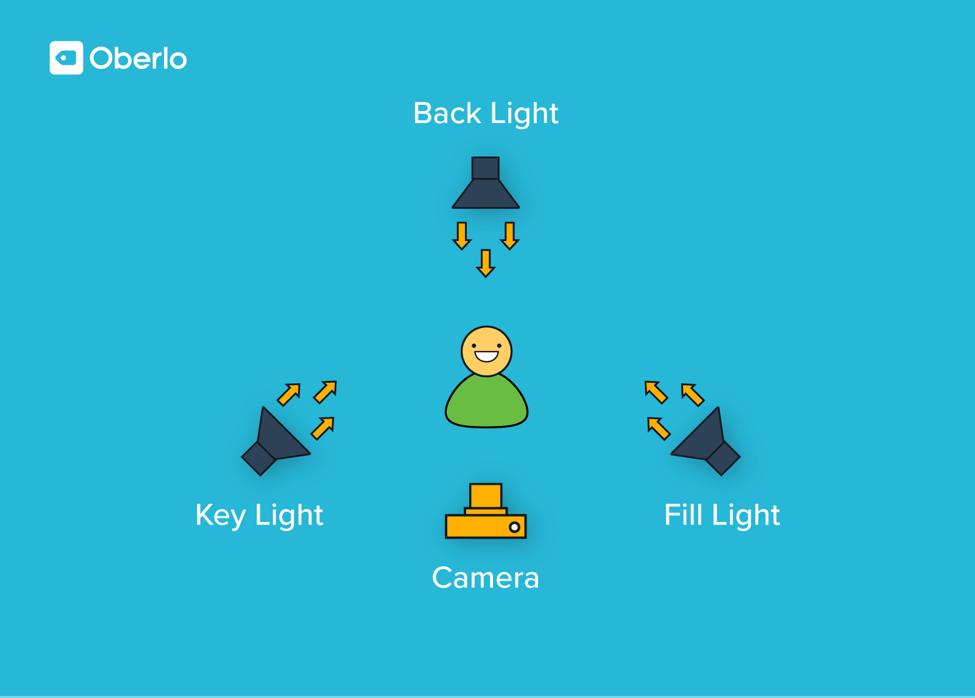
Tripod
You need a stand of some sort for your camera.
You can either choose to stack up a few books or use something to lean or stand your device against.
But if you can afford it, just invest in a cheap tripod. Smartphone tripods shouldn’t run you more than $10, and you can even find decent camera tripods for around $100. Just make sure the tripod weighs less than your pricey camera, or you’re going to have a lot of accidents to look forward to.
Video editing tools
The main pro video editing tools are Adobe Premier Pro and Apple’s Final Cut Pro X.
You don’t need anything fancy like this, but if you can afford it, I would suggest that you consider hiring a freelance video editor instead. (Read more about how to hire freelancers here).
There are also an infinite number of free video-editing tools available online, many of which offer “pro” features for a small monthly fee of around $10.
Here’s a list of these tools courtesy of Techcrunch.
Now that we’ve gone over the main tools you need to set up your Youtube studio, let’s take a look at a few ways you can make your content and your channel stand out.
5.3 Factors that determine your channel’s long-term success
So let’s talk about the two main advantages Youtube presents as a channel:
- The most obvious answer: Video. Video is growing, and if you neglect it as a business owner, marketer, or monetizer, you do so at your own peril. Everyone’s joining in, and video is becoming a staple for many blogs, even replacing written content much of the time.
- You can use it to drive traffic to your blog.
Why is Youtube the critical channel for driving traffic to your blog?
The short answer: SEO.
Youtube is the Internet’s second-largest search engine, just behind its owner, Google. This means when you post video content, which is less saturated than blogging, you’re more likely to rank your video in Google’s searches.
In other words, you’re leveraging a powerful video approach to brand building and driving traffic to your blog.
After all, there’s a reason the Youtube chapter came last in this book.
That’s because by now you should be more than familiar with how to leverage your channels to drive traffic to your site. But don’t forget that you can do the opposite too:
Drive traffic from your site and your other channels to Youtube, so that you increase your Youtube views to money.
You can also embed your videos in your blog, which increases dwell time on your site (because your readers spend more time watching your video).
You can also post your video across different social media channels, like in your Facebook group, which will do wonders for brand building:
When your fans see you, they’ll get to know you as a real individual with a face and a voice, not just someone who publishes posts, comments, and shares.
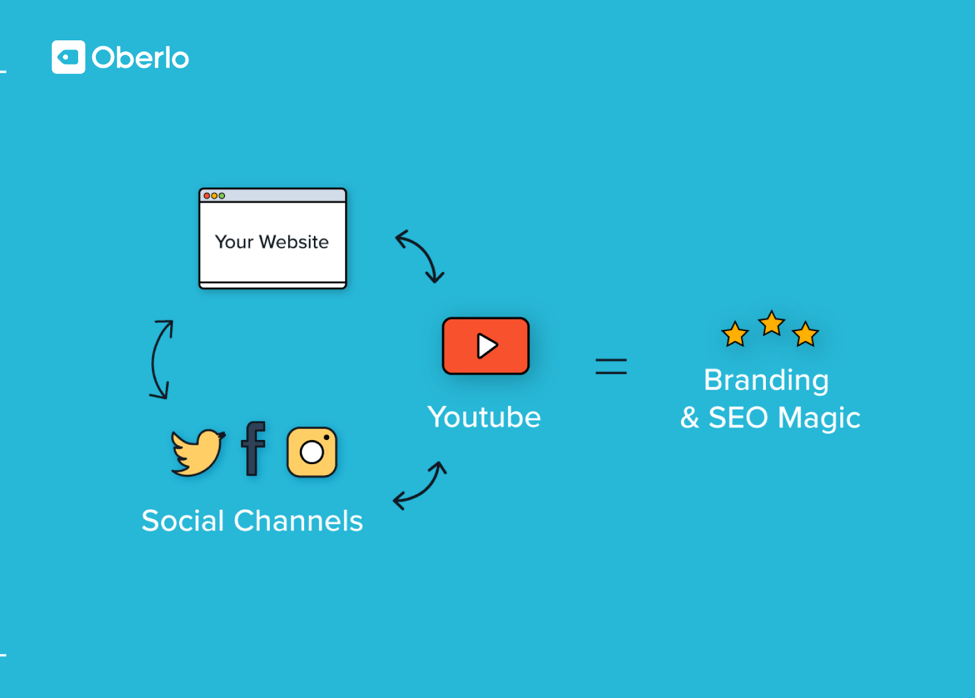
Ways to grow your channel
You already know what I’m going to say when I tell you I’m about to reveal to you the one ingredient that’s going to make all the difference in creating an active, engaged, and loyal following, not just on Youtube, but anywhere:
Value-packed content.
That’s right.
Just how do you create value-packed videos though?
As shown in the example below of noted Youtube celebrity music critic Anthony Fantano, even amateur editing (with often hilarious results) can make your audience feel that much closer to you.
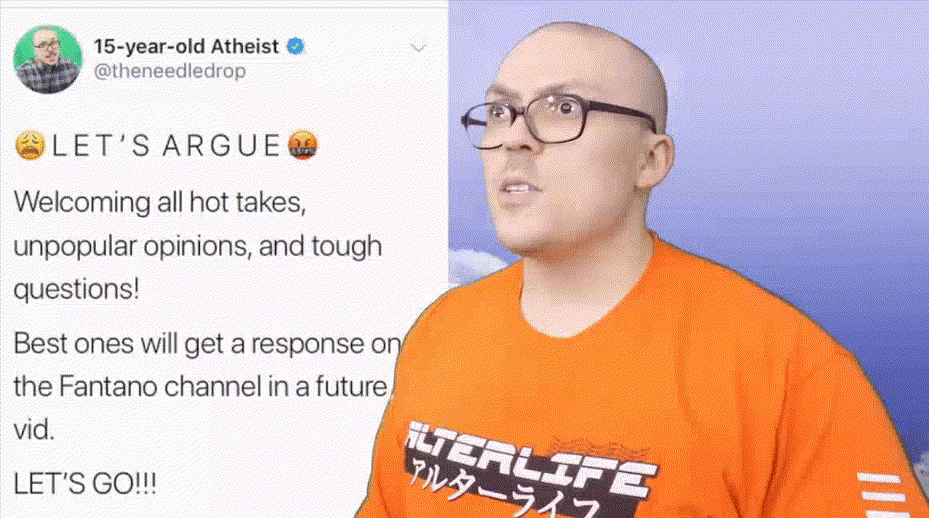
After all, Fantano’s also well known for his over-the-top reactions.
And his fans appreciate his approach so much, they’ve given him his own nickname (Melon), and have photoshopped him countless times into various album covers and memes, including printing him on t-shirts!
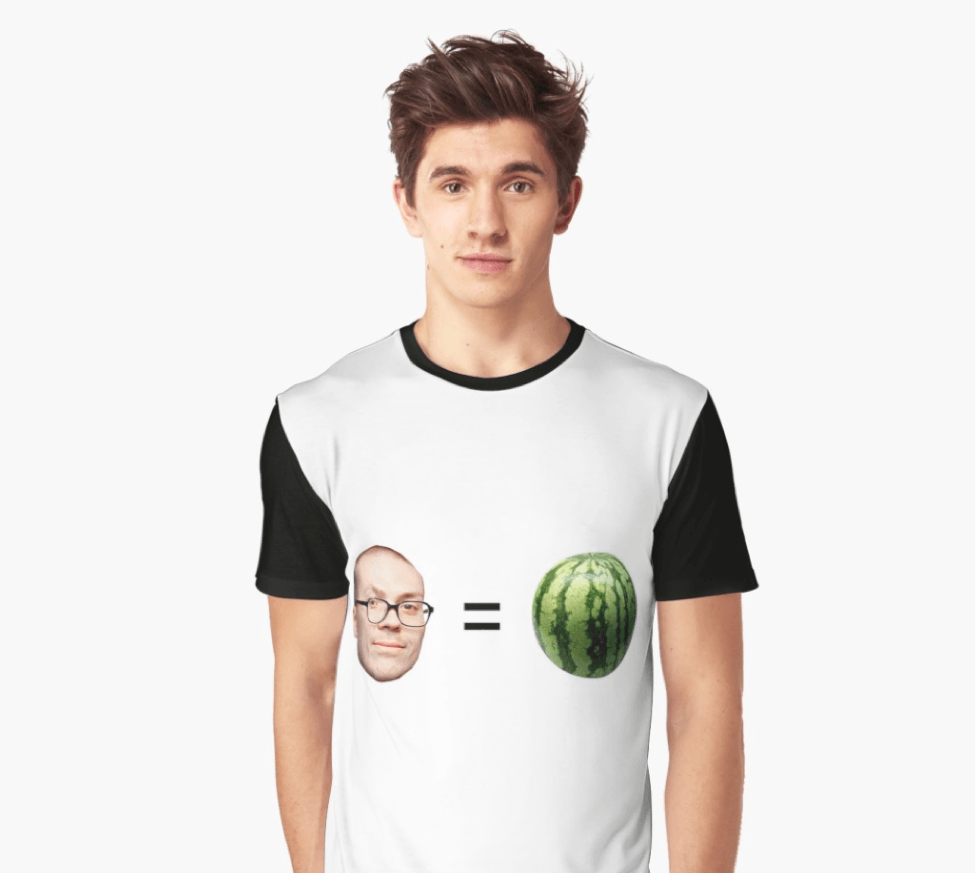
[highlight]From Youtube views to money. Want to find out additional ways to get more views and grow your channel? Read our article on 12 easy (and free) ways to get more views on Youtube in 2018.[/highlight]
But with Youtube, it isn’t just about making awesome videos.
With your channel, you need to take a holistic approach.
This means:
You need to focus on improving your Youtube channel as a brand.
There are two main areas you need to focus on, other than your actual video content:
- Your actual Youtube page
- Your video thumbnails
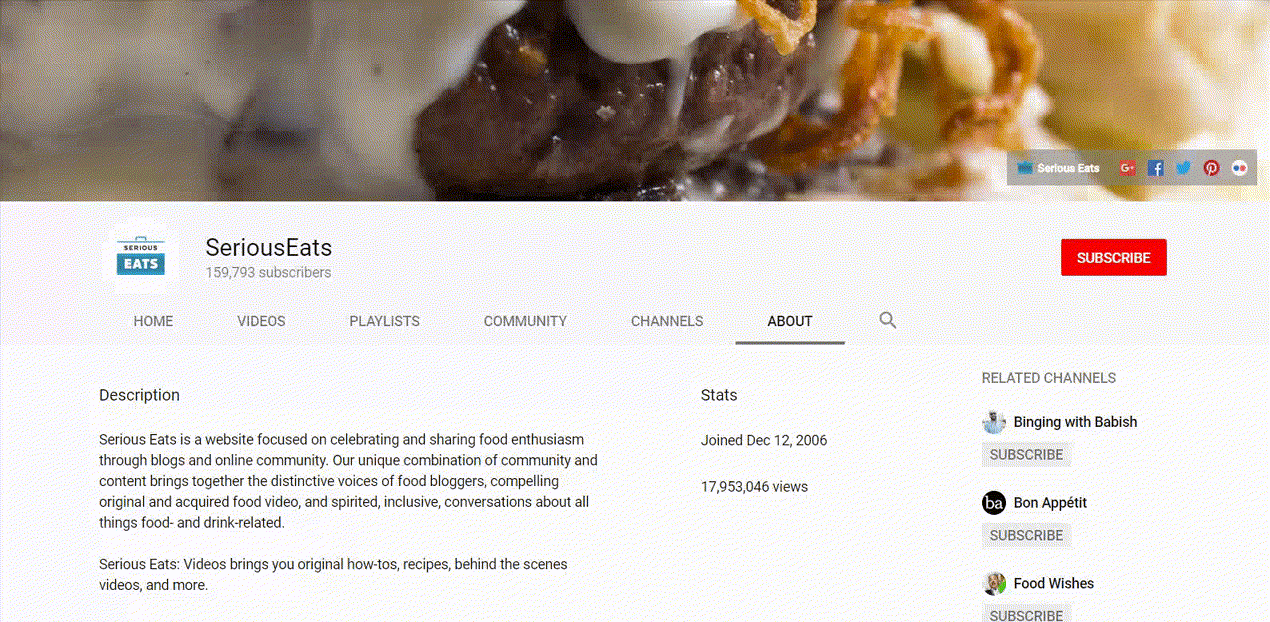
The example above of a Youtube About page is from the SeriousEats Youtube channel page. The page has a relevant attention-drawing cover image, with all the links to the other channels on the upper-right-hand corner. (You can also check other minor stats, like the join date and total number of views).
SeriousEats chief culinary consultant J. Kenji Alt López is actually my favorite chef, and make no mistake, he’s a marketing genius.
He understands that he can’t just have any show about cooking. (There’s already thousands of cooking channels on Youtube. Boring!)
So what makes SeriousEats different?
It fuses science and cooking principles with cooking, not just reciting recipes you can follow. Chef Kenji is a master at communicating the importance of, say, picking the right tomatoes for the right occasion. (For instance, did you know you shouldn’t make Caprese salad when it’s not tomato season? It’s like skiing in the summer!)
Here’s an example of engaging video thumbnails that draw viewers’ attention.
This one is from historian Dan Carlin’s Hardcore History page, a podcast for history buffs.
(Take the first video example, which is mainly about Japan’s role in Asia during World War II. It runs for roughly four and a half hours, and it’s already got nearly 130,000 views. And guess what? It’s just audio of Dan Carlin talking for the entire duration. Talk about an engaged audience!).
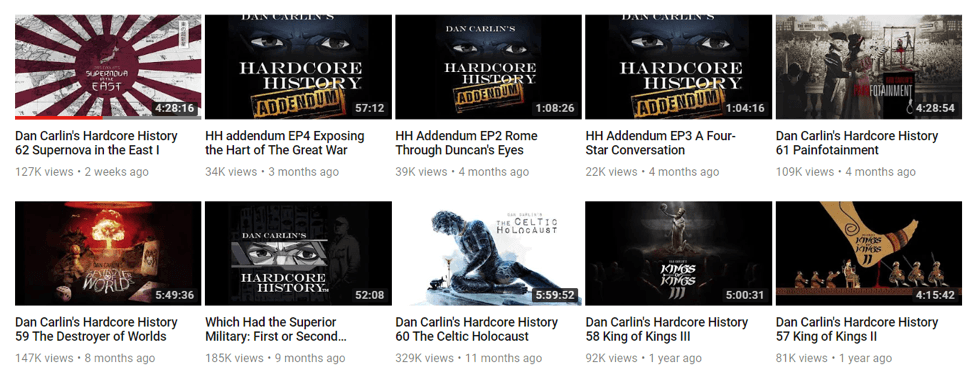
So how easy is it to earn Youtube money?
Before we go, I’m sure you’re still left with one burning question:
But you already know the answer.
Combining the most profitable monetization strategies with smart brand-building practices and the right channels can make you richer beyond your wildest dreams. But you must focus on how to earn money from Youtube the right way.
But we’re not just talking money.
We’re talking value.
Because when you own digital assets and a super-engaged and dedicated audience who’ll pull out their wallets whenever you’ve got something new to offer, you’ve got something more.
Something more than just the Youtube money (peanuts!) that the platform is willing to pay you every time a million random people watch their ads.
Something more than just a Facebook page that could go belly-up tomorrow.
What you’ve got is authority.
You’ve got influence.
You’ve got loyal fans.
Whatever it is you’ve got, people are willing to pay for it.



Chapter 5 Takeaways
In this chapter, we covered some key aspects on how to earn money from Youtube. Unlike other monetization guides, I’ve tried to stick to the facts, and not fill your head with fantasies of riches you can earn simply by joining the Youtube Partner Program.
You should know by now: It just doesn’t work.
So here are the most important points we covered in this chapter:
- Don’t rely solely on the Youtube monetization program. Chasing after it shouldn’t be your primary goal, which is actually brand building and monetization. Remember to diversify your strategies.
- A few popular Youtube monetization strategies as well as Youtube-specific monetization tips
- What types of tools you need to start your Youtube channel, as well as more advanced tools if you’ve got a little cash to invest
- A few things to consider when growing your Youtube following, like how to make your videos more engaging.
And there you have it.
Armed with the knowledge and in-depth understanding of monetization contained in this book, by now you should have an edge over pretty much anyone who wants to dip their feet into the waters of online monetization.
Are you ready to take the leap? To provide something of value that’ll establish you as an authority?
It’s time to show the world what you’ve got, micro-influencer.
Now it’s your turn.
Bon Voyage. Let’s see how far you can take it.
